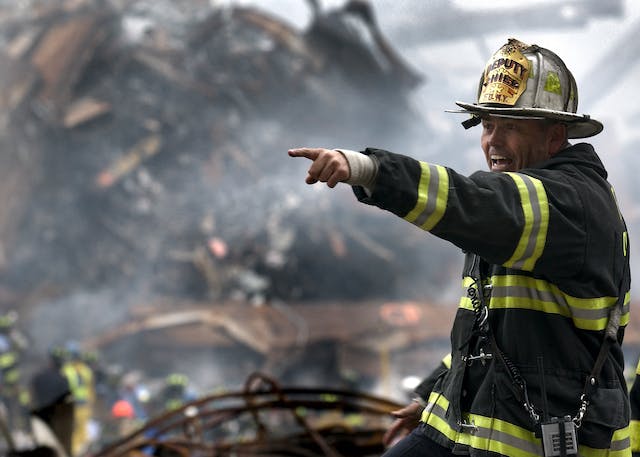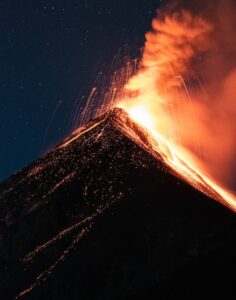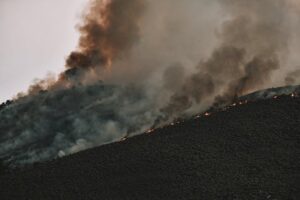Problem-Based Learning Activity: “Survival After a Natural Disaster”
Scenario:
You and your group survived a massive earthquake that struck your city. You are now faced with the challenge of ensuring survival, finding shelter, food, and communicating for help.
Task:
In small groups, create a survival plan detailing steps to ensure safety, find shelter, acquire food and water, and communicate for help after a natural disaster.
Materials Needed:
- Paper, pens, and markers
- Access to relevant online resources (if available)
- Simulated disaster scenarios (imaginary scenario descriptions or images)
Steps:
1. Introduction (15 minutes)
- Scenario Introduction: Present the scenario of surviving a natural disaster to the class.
- Task Explanation: Explain the task of creating a survival plan in small groups.
2. Group Formation and Research (30 minutes)
- Group Formation (5 minutes): Form small groups of students.
- Research and Planning (25 minutes):
- Instruct groups to brainstorm and plan their survival strategies.
- Encourage them to research survival tips, basic first aid, finding shelter, and seeking help.
3. Plan Development (40 minutes)
- Plan Outline (30 minutes):
- Ask groups to outline their survival plans on paper, detailing steps for finding shelter, obtaining food and water, ensuring safety, and seeking help.
- Emphasize using English in their plans and discussions.
- Group Discussions (10 minutes):
- Encourage discussions within groups about the feasibility and effectiveness of their plans.
4. Presentation and Feedback (25 minutes)
- Plan Presentation (15 minutes):
- Each group presents their survival plan to the class, explaining their strategies and decisions.
- Encourage questions from other groups for clarification.
- Peer Feedback (10 minutes):
- Allow other groups to provide constructive feedback on the presented plans.
5. Reflection and Discussion (15 minutes)
- Group Reflection (10 minutes):
- Ask each group to reflect on their learning during the activity and improvements they could make.
- Class Discussion (5 minutes):
- Lead a discussion on the challenges of survival after a natural disaster, highlighting key takeaways and lessons learned.
Conclusion:
- Summarize the importance of preparedness, quick thinking, and collaboration during challenging situations like natural disasters.
Assessment:
Evaluate students based on their participation in group discussions, the quality of their survival plans, their presentation skills, and their reflections on the learning experience.
This problem-based learning activity engages ESL students in critical thinking, collaboration, and language use while addressing the real-world challenge of surviving a natural disaster. Adjust the complexity of scenarios and tasks based on students’ proficiency levels and cultural sensitivity.



